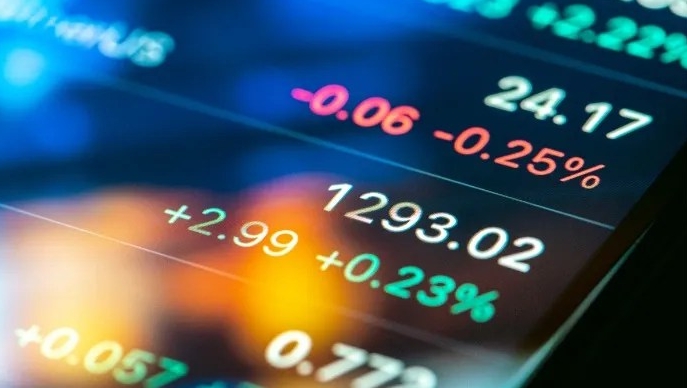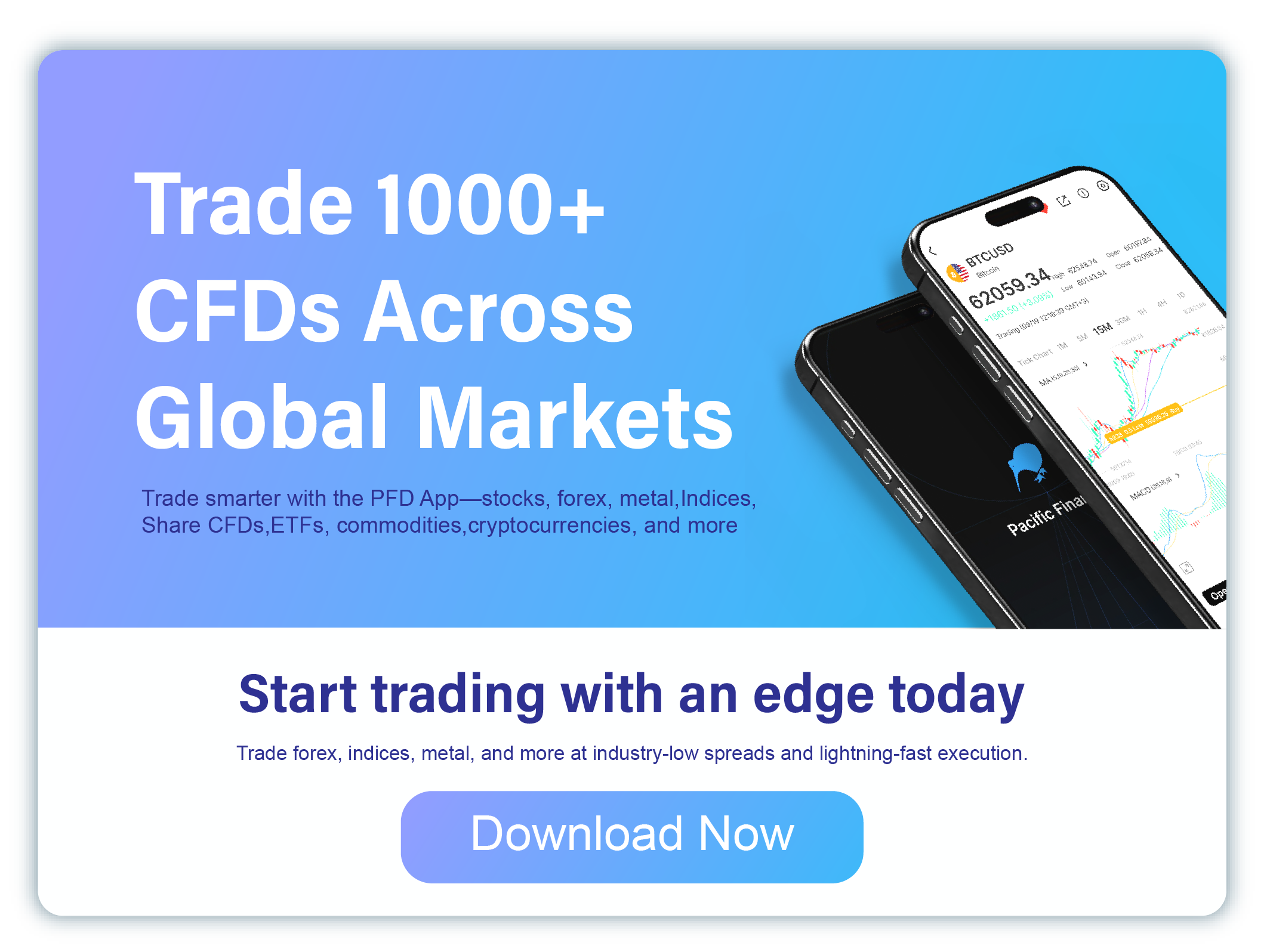Leverage is a financial concept that allows you to control a larger position in the market than the capital you initially put up. In essence, it acts as a magnifying tool for your investment, enabling you to gain exposure to a financial instrument without having to invest the full amount required to own the asset outright. This makes leverage a powerful tool for traders, offering the potential for increased profits with a relatively small initial investment.
When you trade with leverage, you are required to deposit only a fraction of the total value of your position. This amount is known as the “margin.” The rest of the value is effectively borrowed, usually from a broker, to allow you to control a larger position. As a result, both your profits and losses are based on the total size of the position, not just your initial outlay. This means that a relatively small movement in the price of an asset can lead to significantly larger gains—or losses—compared to the amount of capital you initially invested.
How Does Leverage Work?
Leverage works by amplifying the exposure you have to price movements. Let’s break it down further. When trading with leverage, a small percentage of your own funds is used to open a position, while the rest is provided by your broker. The amount of leverage is usually expressed as a ratio. For example, a leverage of “1:10” means that for every $1 of your own capital, you can control $10 worth of the underlying asset.
The impact of leverage is significant: even minor price changes in the underlying asset can result in much larger changes in the value of your position. For instance, if the price of the underlying asset moves by 1%, with 10x leverage, it would be as if your position moved by 10%. This can result in enhanced returns, but also increases the potential for higher losses.
Example of Leverage in Action
Let’s illustrate how leverage works with an example:
- Imagine you have a balance of $100 in your trading account.
- You decide to use leverage of 1:10, meaning you can trade up to $1,000 worth of instruments, despite only having $100.
- If the price of the asset increases by 1%, the value of your position increases by 10%, resulting in a $100 profit (instead of just a $10 profit, as it would be without leverage).
- However, if the price of the asset drops by 1%, the value of your position decreases by 10%, leading to a $100 loss (instead of just a $10 loss without leverage).
This example shows how leverage can amplify both profits and losses, making it an essential concept for traders to fully understand before they begin using it in their strategies.
Leverage and CFDs
Contracts for Difference (CFDs) are one of the most popular financial instruments that allow traders to take advantage of leverage. CFDs are derivative products, meaning they allow you to speculate on the price movements of an asset (such as stocks, commodities, or currencies) without actually owning the underlying asset. With CFDs, you can trade using leverage, making it easier to access larger positions with a smaller amount of capital.
For example, if you’re trading a CFD with leverage of 1:10, you only need to deposit 10% of the total value of the position to open the trade. However, your potential profits and losses are based on the full value of the trade, meaning you can experience amplified price movements in both directions.
The Risks of Trading with Leverage
While leverage can magnify your profits, it can also increase your risks. The potential for higher returns comes with a greater chance of loss, especially when markets are volatile. Even a small adverse movement in the market can result in losses greater than your initial investment, which is why it’s essential to use leverage cautiously and have a solid risk management strategy in place.
For this reason, margin trading, which involves using leverage, is not suitable for all investors. It’s critical to understand the mechanics of leverage before using it, and to consider your risk tolerance, market knowledge, and financial situation. Many brokers provide tools such as stop-loss orders to help mitigate risk, but it’s still crucial to exercise caution.
Conclusion
Leverage allows traders to amplify their exposure to financial instruments without needing to invest the full amount of capital. It increases both potential profits and losses, making it a double-edged sword. While leverage is an attractive option for experienced traders looking to maximize returns, it is important to approach it with a thorough understanding of the risks involved.
Whether you are trading CFDs, stocks, or forex, always ensure that you use leverage responsibly and understand how it works before incorporating it into your trading strategy. Risk management tools and disciplined trading can help reduce the impact of potential losses.










